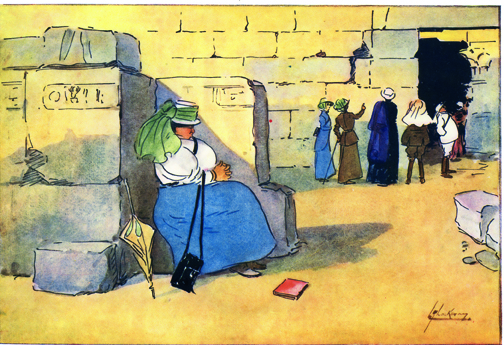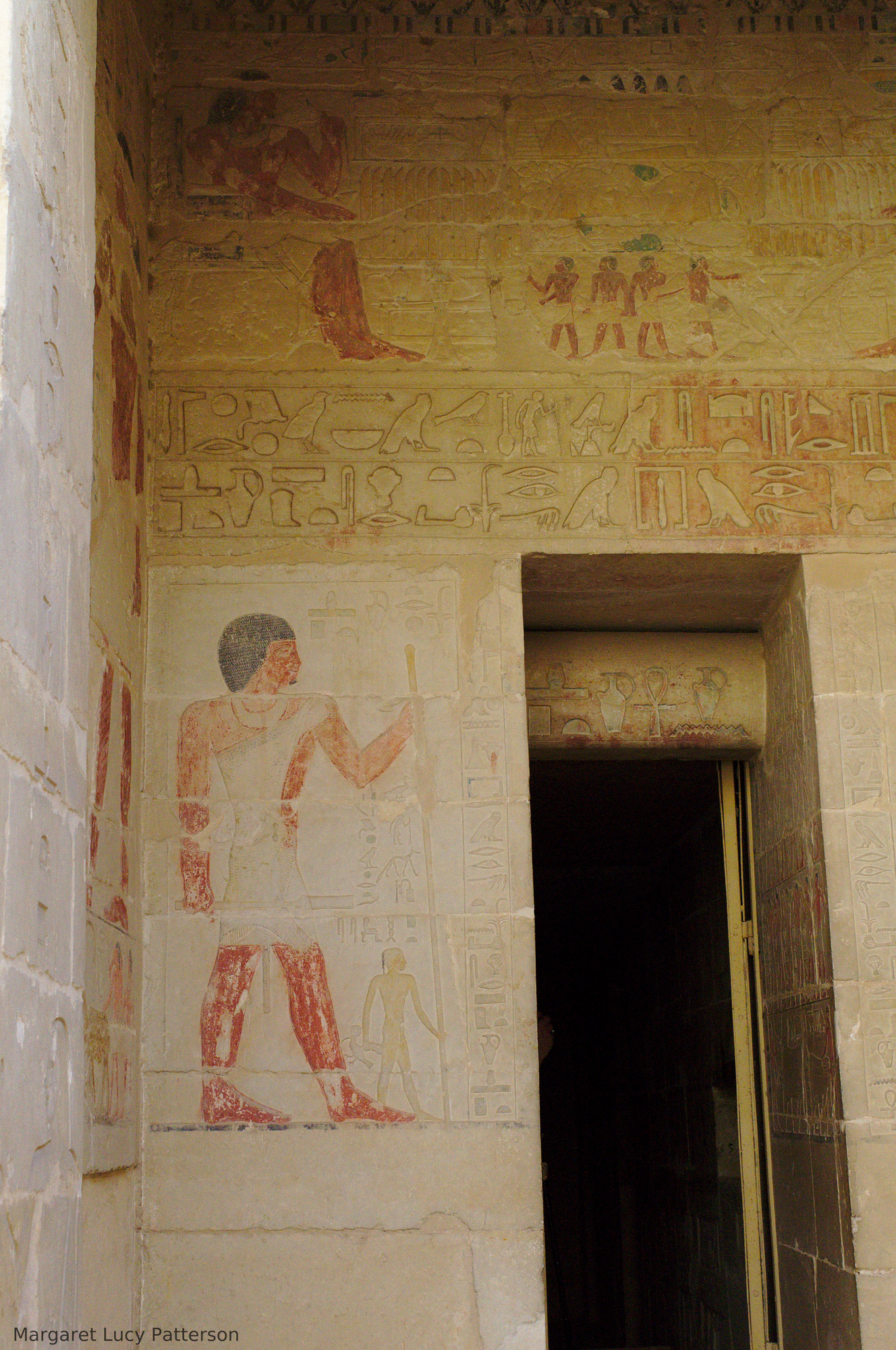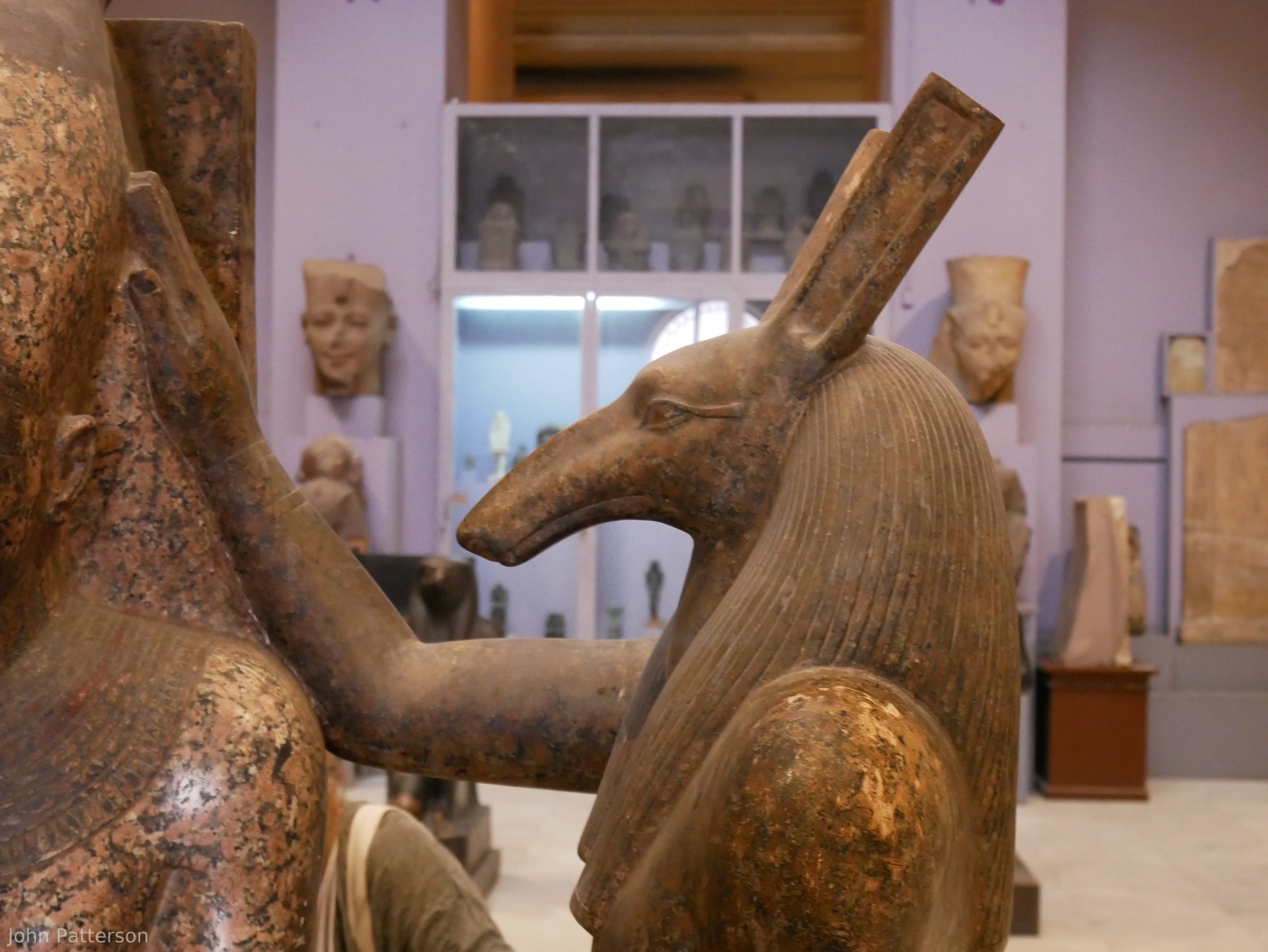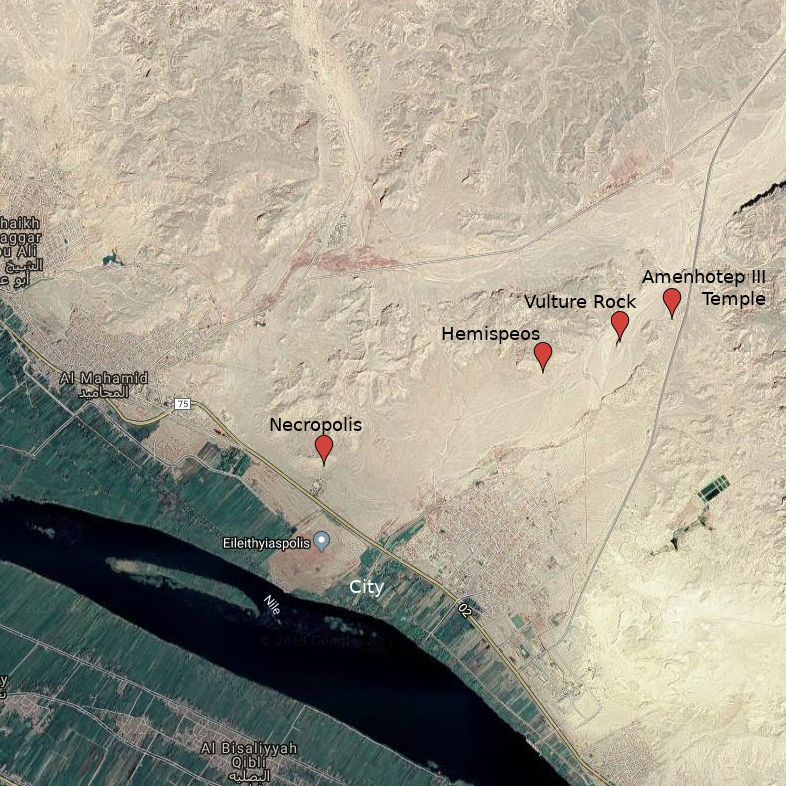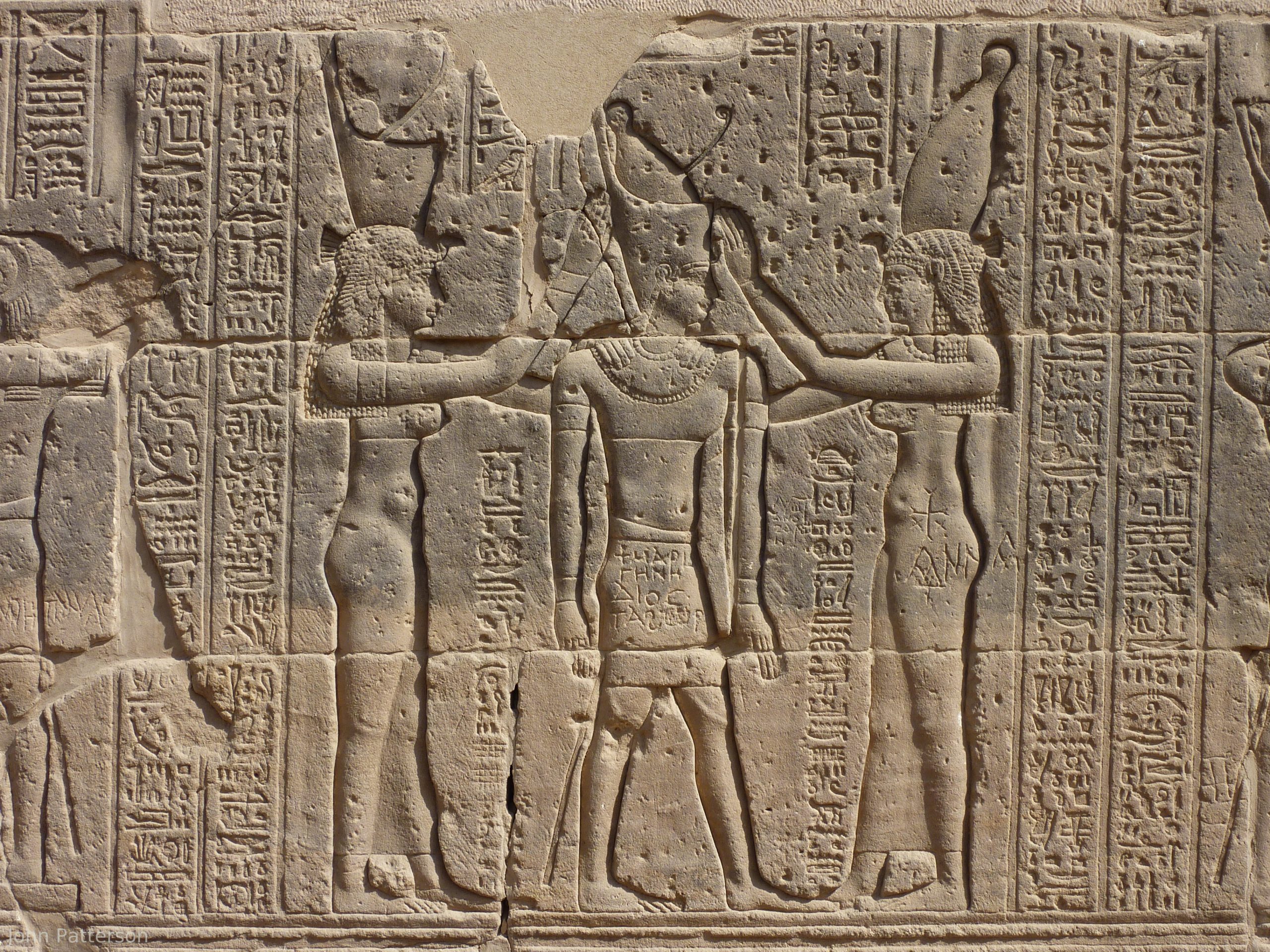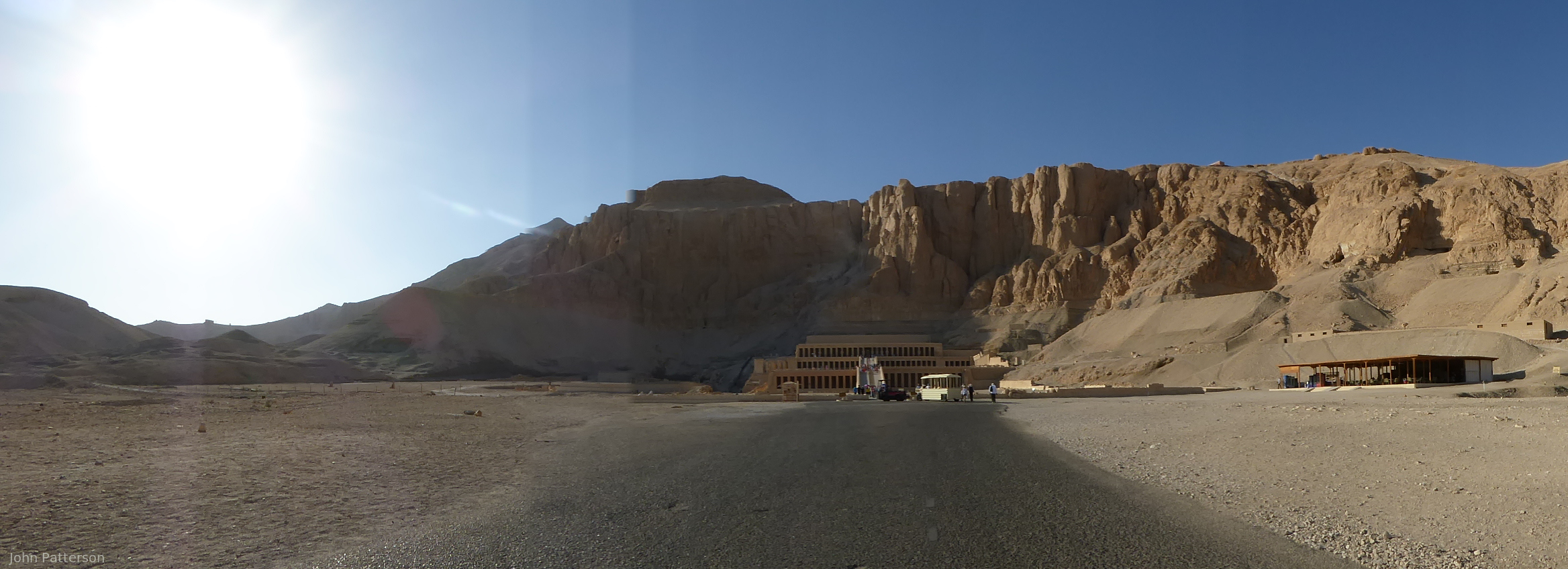“The Lighter Side of Egypt with the Art of Lance Thackeray” Lee Young
At the beginning of August Lee Young gave a talk via Zoom to the Essex Egyptology Group about the artist Lance Thackeray. Young is an independent researcher whose interests are primarily in the archaeological artists in Egypt, particularly the women. She said that most of the time she gives talks about people who have had a major contribution to Egyptology – this is debatable in the case of Lance Thackeray but he certainly made people laugh and be interested in Egypt! In this talk Young was covering three different aspects of her subject – Lance Thackeray the man, Lance Thackeray’s art (in particular from his book “The Light Side of Egypt”) and early tourism in Egypt which was the subject of Thackeray’s art. She began by sketching out the early life of Thackeray before moving on to include the other two subjects. Lance Thackeray would need no introduction to postcard… Read More »“The Lighter Side of Egypt with the Art of Lance Thackeray” Lee Young
